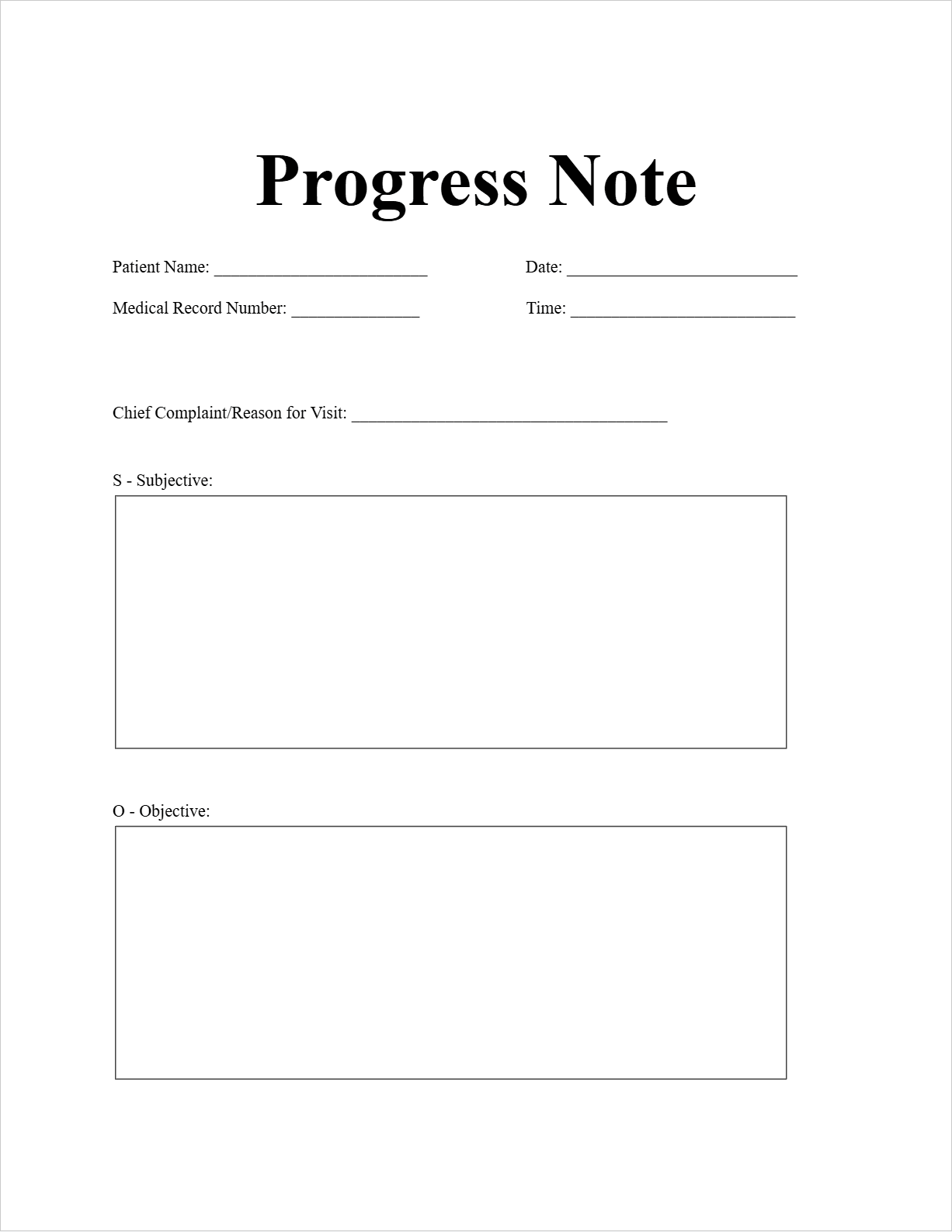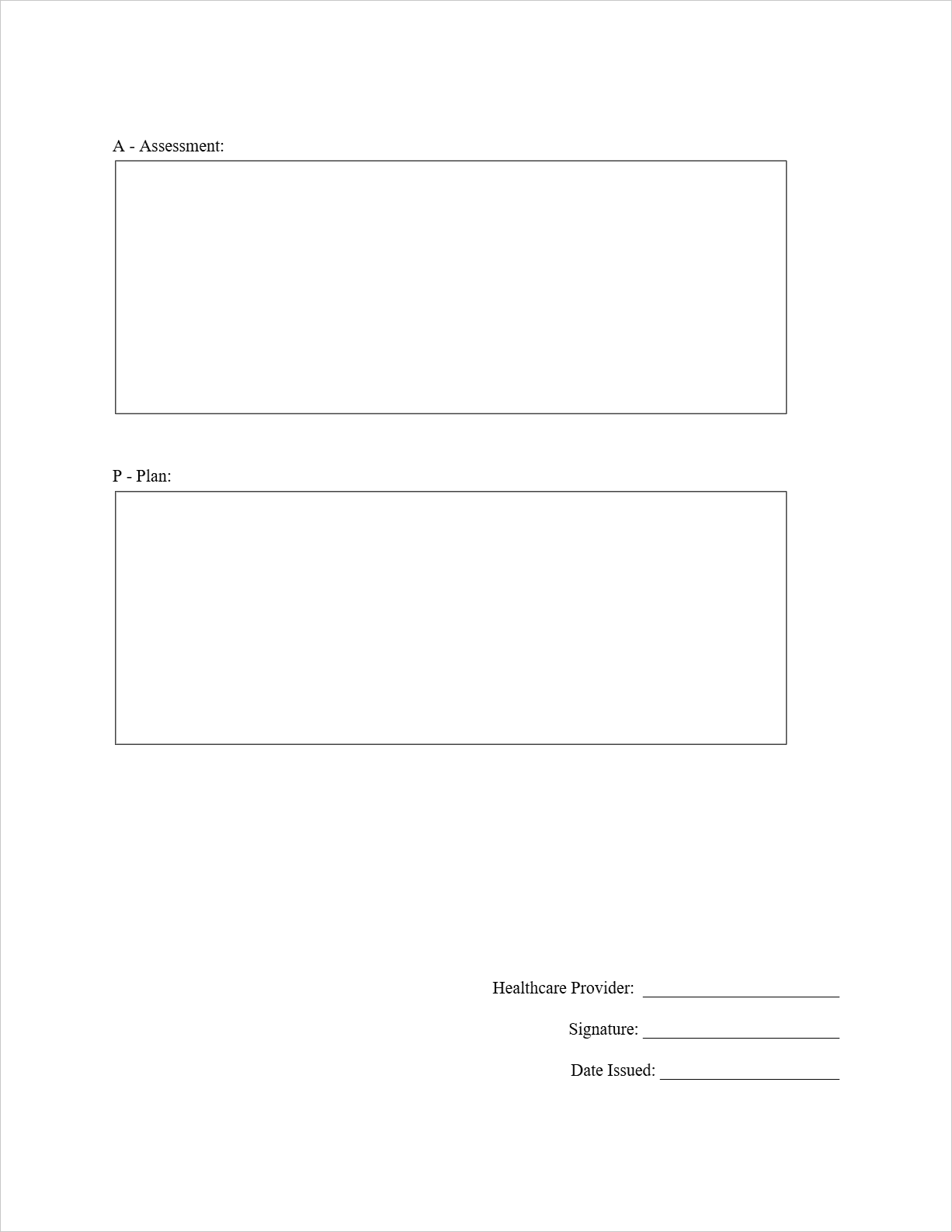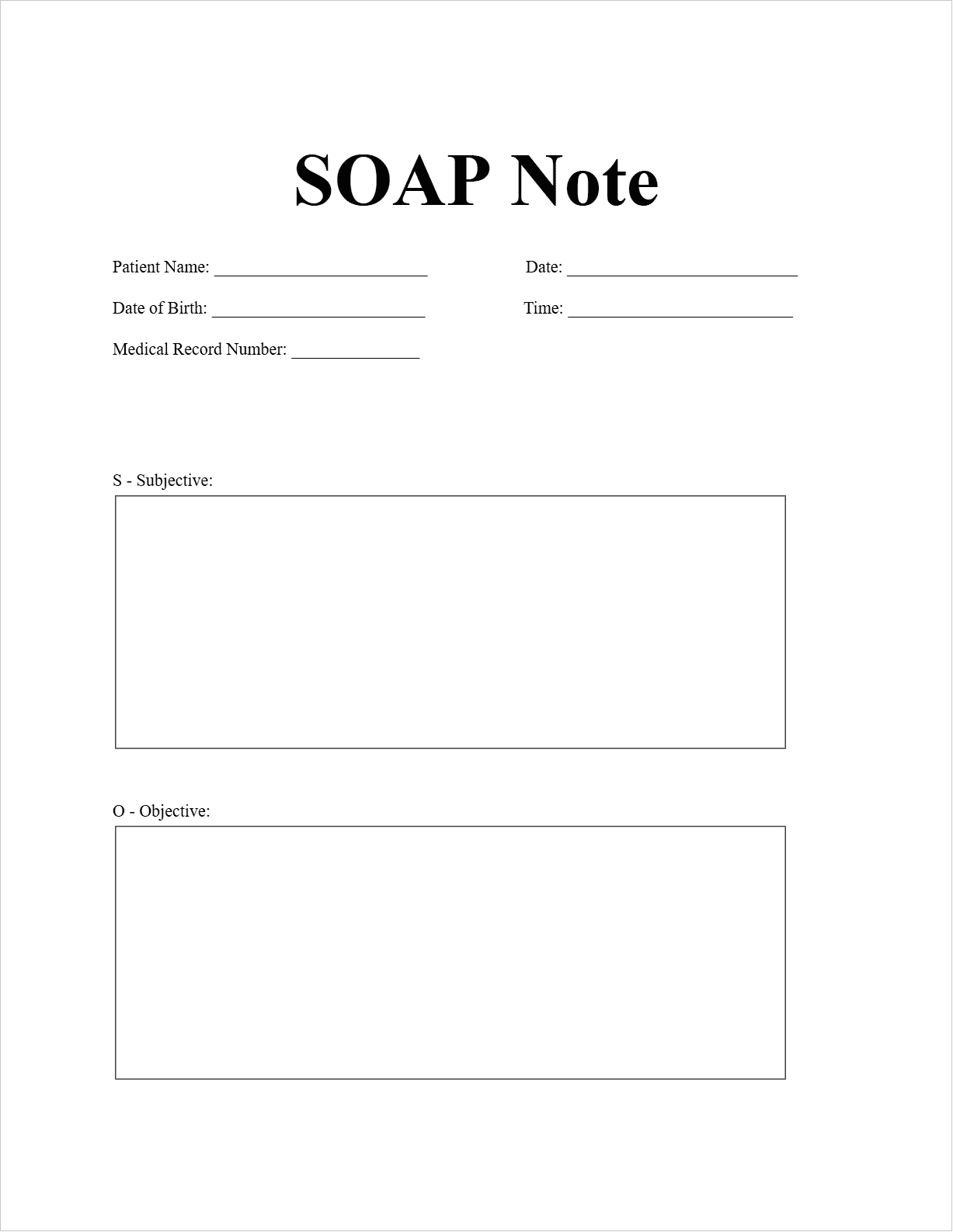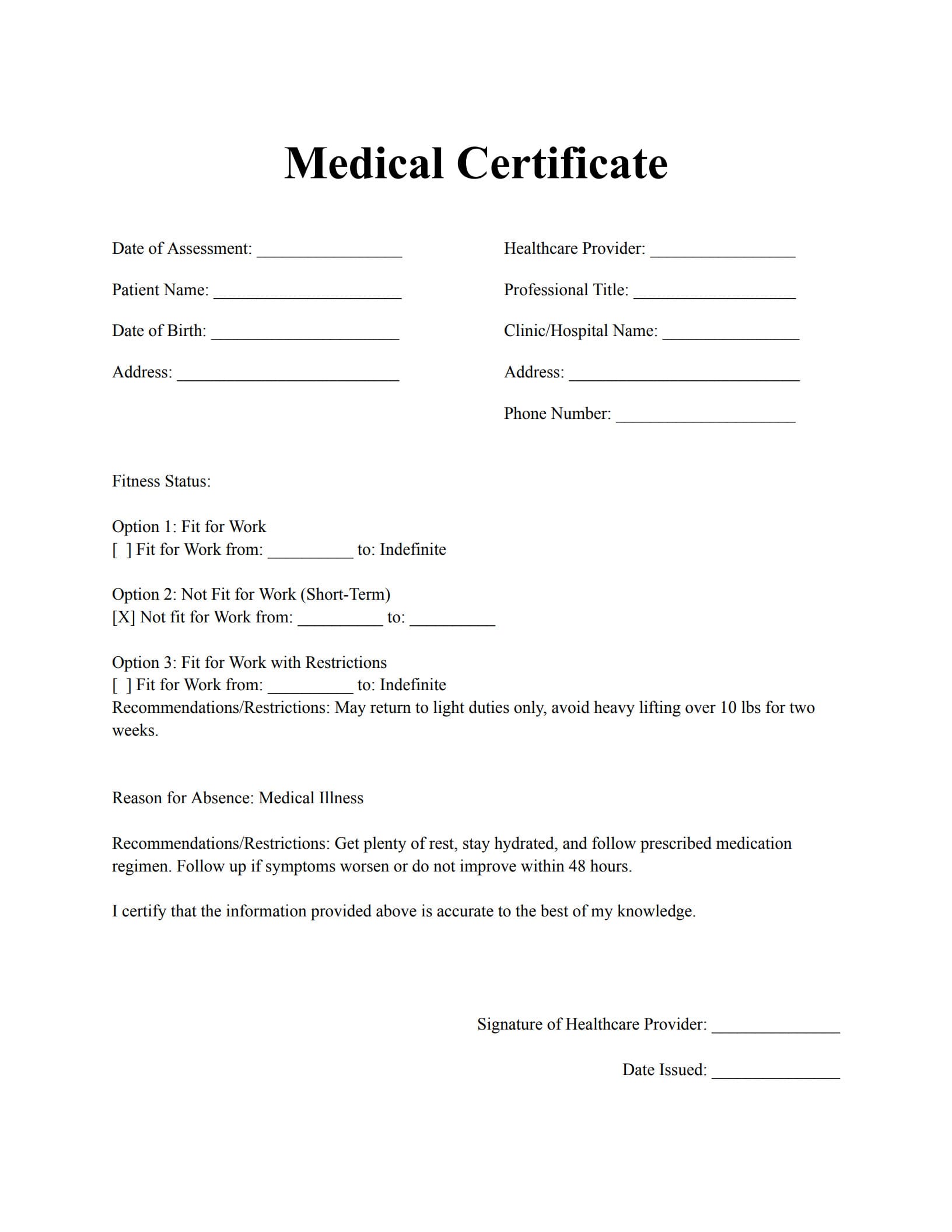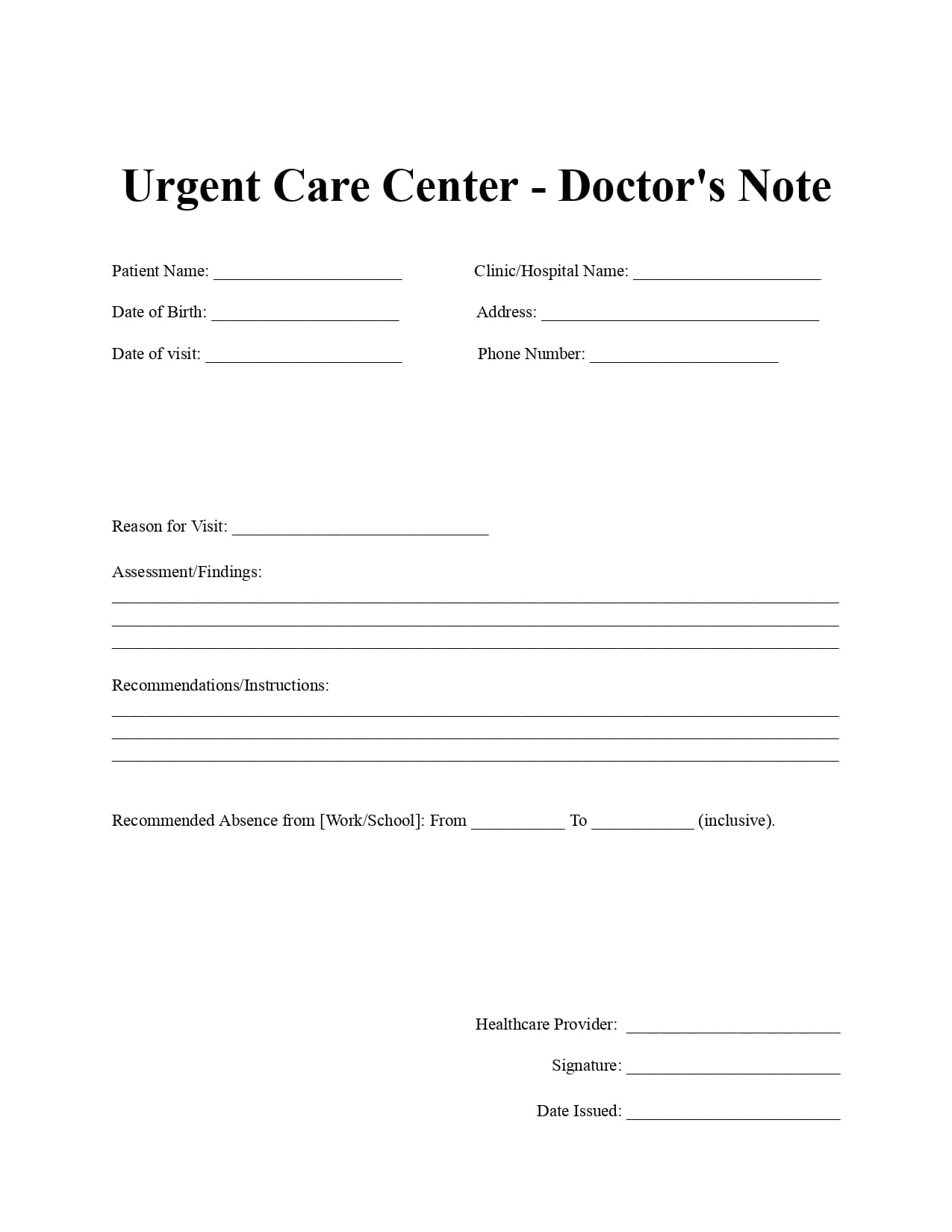In healthcare, patient care is an ongoing process. Whether managing chronic conditions or monitoring recovery from an acute illness, it's essential to document a patient's status and any changes over time. This is where progress notes come into play. They serve as a vital record of a patient's journey, tracking their health, response to treatment, and any modifications to their care plan. This article will explore the purpose and use of a progress note template, highlighting its importance in providing continuous and effective patient care.
What are Progress Notes?
Progress notes are a type of medical documentation that healthcare professionals use to record updates on a patient's condition during subsequent encounters after the initial assessment. Unlike the initial comprehensive note (such as a SOAP note), progress notes focus on tracking changes, evaluating the effectiveness of the current treatment plan, and documenting any adjustments made to optimize patient outcomes. They provide a chronological history of a patient's progress, making it easier for all members of the healthcare team to stay informed and provide consistent care.
Common Use Cases
Progress notes are utilized in a variety of healthcare settings and are essential for:
- Chronic Disease Management: For patients with long-term conditions like diabetes, hypertension, or asthma, progress notes are crucial for monitoring their status, adjusting medications, and documenting any complications or improvements over time.
- Post-operative Care: Following a surgical procedure, progress notes track the patient's recovery, wound healing, pain levels, and any post-operative complications.
- Rehabilitation: In physical or occupational therapy, progress notes document the patient's progress in achieving functional goals, adjustments to the therapy plan, and the patient's tolerance to exercises.
- Mental Health Therapy: Therapists use progress notes to record the content of therapy sessions, the patient's emotional state, progress towards treatment goals, and any modifications to the therapeutic approach.
- Home Healthcare: Nurses and other healthcare professionals providing care in a patient's home use progress notes to document their visits, the care provided, and any changes in the patient's condition.
- Tracking Acute Illness Recovery: Even for short-term illnesses, progress notes can be used to monitor the resolution of symptoms and ensure the patient is recovering as expected.
Progress Note Example
Let's revisit our patient, John Davis, who is being managed for hypertension. Here's an example of a progress note documenting his follow-up appointment three months after the initial assessment:
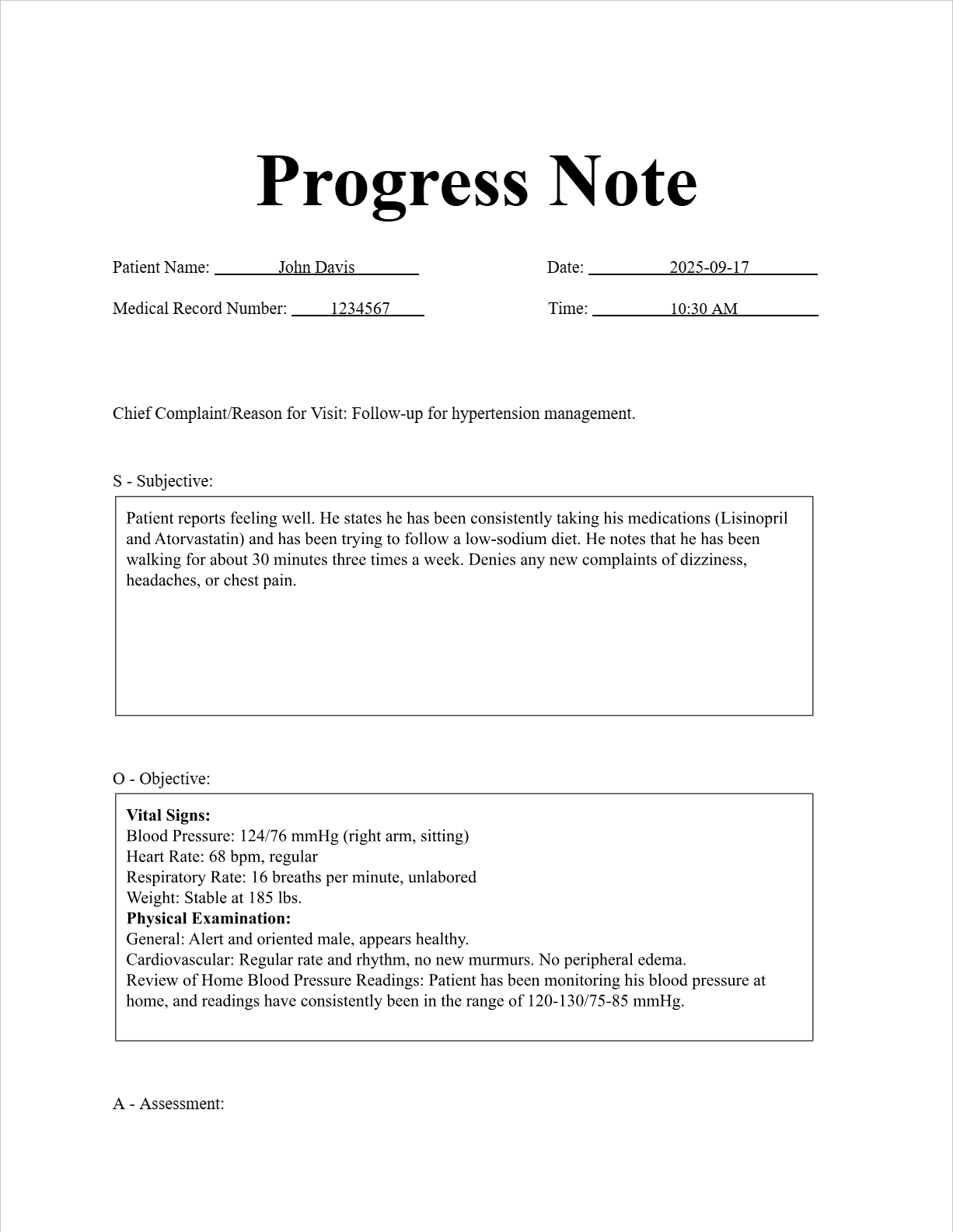

Progress Note/Patient Follow-Up Note
Patient Information:
Patient Name: John Davis
Medical Record Number: 1234567
Date and Time:
Date: 2025-09-17
Time: 10:30 AM
Chief Complaint/Reason for Visit: Follow-up for hypertension management.
Subjective:
Patient reports feeling well. He states he has been consistently taking his medications (Lisinopril and Atorvastatin) and has been trying to follow a low-sodium diet. He notes that he has been walking for about 30 minutes three times a week. Denies any new complaints of dizziness, headaches, or chest pain.
Objective:
Vital Signs:
Blood Pressure: 124/76 mmHg (right arm, sitting)
Heart Rate: 68 bpm, regular
Respiratory Rate: 16 breaths per minute, unlabored
Weight: Stable at 185 lbs.
Physical Examination:
General: Alert and oriented male, appears healthy.
Cardiovascular: Regular rate and rhythm, no new murmurs. No peripheral edema.
Review of Home Blood Pressure Readings: Patient has been monitoring his blood pressure at home, and readings have consistently been in the range of 120-130/75-85 mmHg.
Assessment:
Hypertension, well-controlled with current medication and lifestyle modifications. Hyperlipidemia, stable. Patient is making good progress with lifestyle changes.
Plan:
Continue Lisinopril 10mg daily and Atorvastatin 20mg daily as prescribed. Encourage continued adherence to low-sodium diet and regular exercise. Reinforce the importance of home blood pressure monitoring.
Recommend increasing his walking to 4-5 times per week for 30-45 minutes if his schedule allows.
Schedule another follow-up appointment in 4 months for routine monitoring. Patient understands to contact the office sooner if any concerns arise.
Healthcare Provider Information:
Healthcare Provider Name: Eleanor Ramirez
Signature: (Imagine a signature is drawn here)
Date: 2025-09-17
FAQs about the Progress Note Template
How often should progress notes be written?
The frequency of progress notes depends on the patient's condition, the setting of care, and the specific policies of the healthcare facility. They are typically written after each patient encounter.
What information should be included in a progress note?
A progress note should include an update on the patient's subjective complaints, any changes in objective findings, an assessment of the patient's progress, and a clear plan for future care.
How does a progress note differ from an initial assessment note?
An initial assessment note is a comprehensive record of the patient's condition at the start of care, while a progress note focuses on updates and changes over time.
Are there different formats for progress notes?
While the general structure remains the same, some healthcare settings may use variations like the APGAR note (Assessment, Plan, Goals, Actions, Response) or other specialized formats.
Why are progress notes important?
Progress notes are crucial for ensuring continuity of care, facilitating communication among the healthcare team, tracking a patient's response to treatment, and providing a legal record of the care provided.
Utilizing a progress note template helps healthcare professionals efficiently and effectively document a patient's journey, ensuring that all important updates and adjustments to the care plan are recorded and readily accessible. This ultimately contributes to better patient management and outcomes.
Free Download: Printable Progress Note Template
You can download the Progress Note template mentioned above by clicking Use Template button on this page. Customize them to fit your specific needs and preferences.


